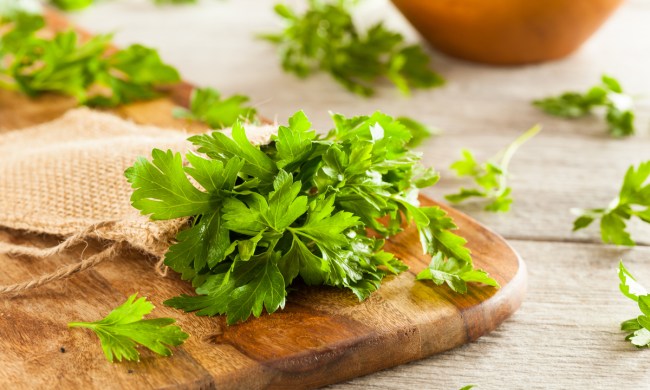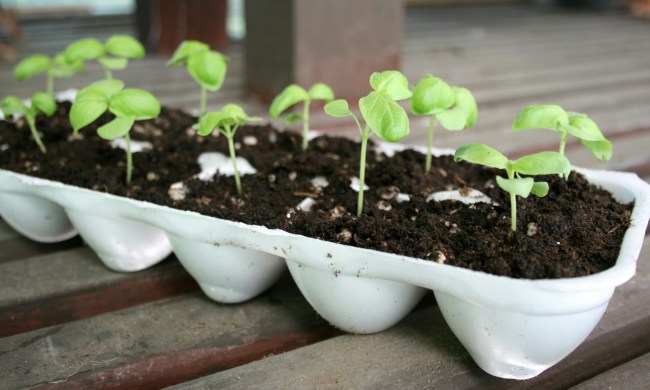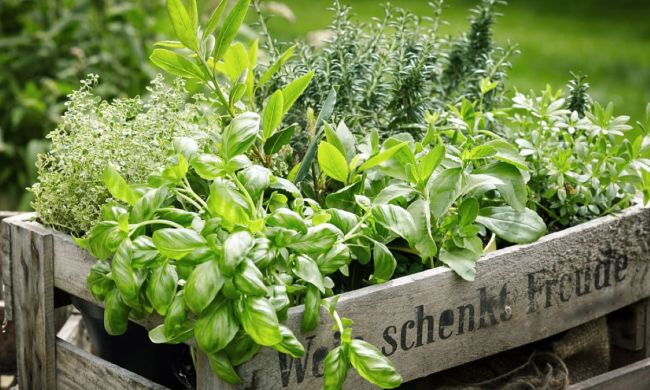Peppermint is typically associated with the teas and sweets of the holiday season, but it’s really a ubiquitous plant all year round, beyond striped Christmas candy canes. If you’re looking for a versatile and soothing herb, you won’t have to look further than peppermint. Peppermint packs a refreshing punch, and luckily, it’s easy to take care of. To learn about what peppermint is used for and how you can grow it, keep reading ahead.
What is peppermint?
Is peppermint an herb or spice?
Peppermint has a warm, pungent kick that transforms into a cool aftertaste. But though it’s spicy, is it a spice? Long story short, peppermint is an herb. In terms of culinary definitions, an herb is the leafy part of a plant, while a spice can come from the roots, seeds, flowers, or bark. The spicy, cooling feeling we get in peppermint products (such as tea) typically comes from the oils in the leaves, so we can consider it a culinary herb.
Are mint and peppermint the same thing?
Mint comes in many varieties — everything that could be considered “mint” falls under the Mentha genus. “Mint” is really a catch-all term. Peppermint and spearmint are the most popular types of mint, and spearmint is often referred to as common mint. Peppermint, in fact, is actually a hybrid between spearmint and watermint. It has a higher concentration of menthol than spearmint — think 40 percent versus 0.5 percent. Menthol gives mint that “cool” feeling, so peppermint can actually be more flavorful than spearmint.
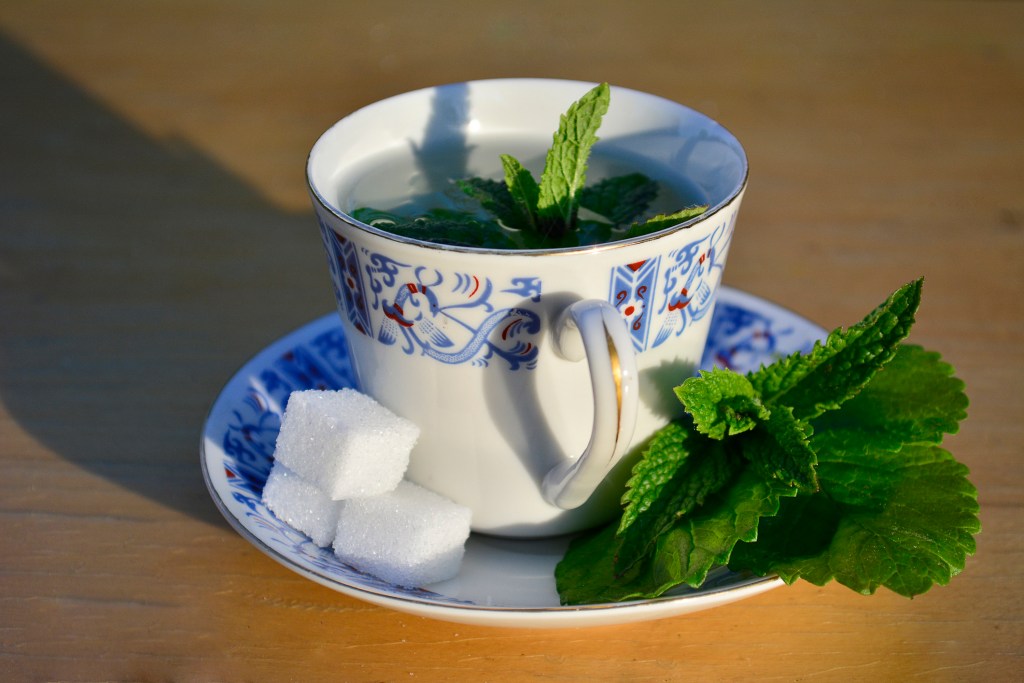
How do you use peppermint?
What is the purpose of peppermint? Peppermint is a versatile herb with an incredibly potent oil. It’s commonly used to treat issues around digestion, colds, and blood pressure. (Of course, you’ll definitely want to do your research and consult your health care provider before using it as a remedy.) Its cool, refreshing flavor also makes a great culinary tool. If you’re wondering how to make use of your bountiful peppermint harvest, here are four creative ways to do so.
- Make peppermint tea. Yes, you can buy prepackaged peppermint blends. But for what it’s worth, peppermint is most flavorful when it’s fresh. So for tea that’s instantly cooling and refreshing, pinch some leaves from your peppermint plant and steep it in hot water. (P.S.: Chopped peppermint also makes a fine addition to your mojitos!)
- Use peppermint as a garnish in your favorite dishes and salads. Because of its menthol concentration, peppermint can cool down your hot meals, such as curries and soups. It can also make a salad more refreshing, which is excellent for those sweltering summer months.
- Use peppermint as a pest repellent. A pot of mint around your house can repel spiders and ants. Mint is also unappealing to mice and deer, so it can drive these critters away from your garden. You can either boil peppermint leaves to use as a spray or fill satchels with dried peppermint to leave in hard-to-reach spots.
- Chew on peppermint to freshen your breath. Instead of gum or a breath mint labeled as peppermint flavored, go straight to the source itself. Simply pop a leaf or a few leaves in your mouth and chew away.

How do you grow peppermint?
Peppermint grows fast, and you can start it from seed, take a cutting, or grab a seedling from a nursery. In fact, it has a reputation for being somewhat of an invasive grower. To contain it, many people will actually leave it inside a planter so that it won’t overtake their gardens. Adaptable to many soils, peppermint loves a moist medium, though it can experience root rot with too much water. Either full sun or partial shade will work for peppermint. Light frosts are fine as well, but peppermint really does best in conditions above 50 degrees Fahrenheit. Avoid over-fertilizing mint — this can lead to abundant smaller flowers and leaves instead of large leaves with concentrated oils for flavor.
Where is peppermint found?
You can find peppermint pretty much all over the world. It’s native to parts of Asia and Europe, but it’s ubiquitous in North America, too. You’ll most commonly find peppermint hanging around “wetter” areas such as bodies of water. It will, however, also reside in odd places such as along the sidewalk and highway.
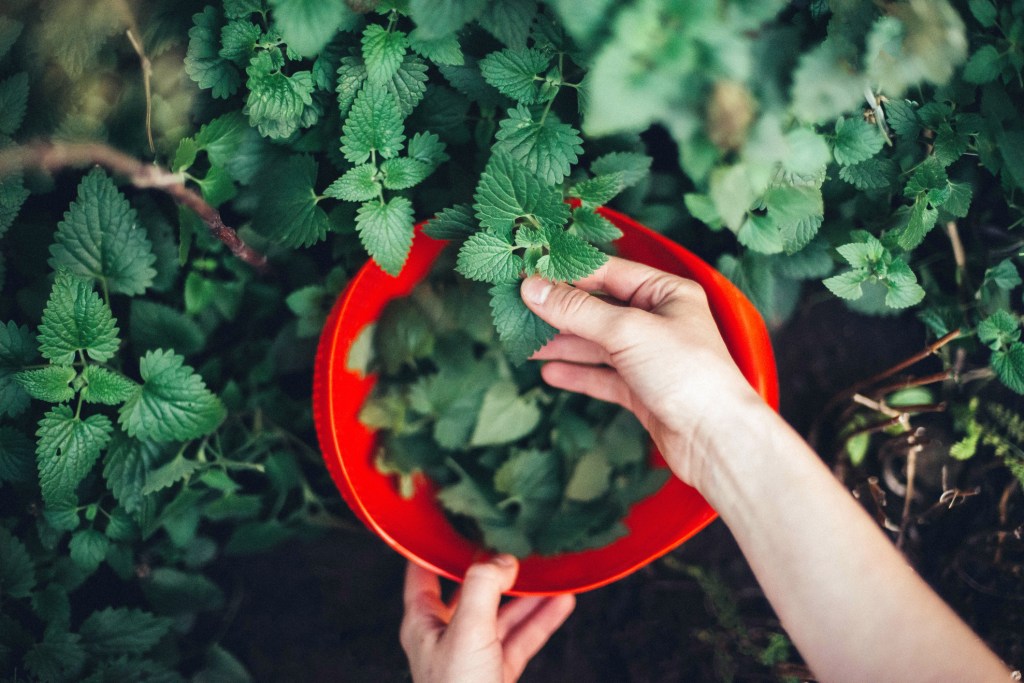
How do you harvest peppermint?
Harvesting peppermint, ideally during the growing season, will keep your plant strong and healthy. As soon as the seedlings come up, you can start snipping your plant with sterile scissors or clean fingers. Young leaves will pack more flavor than old ones, so keep that in mind as you harvest sprigs. Harvesting time is also the ideal time to take cuttings — simply snip four inches of a branch, remove the lower leaves, stick your cutting in water, and wait for roots to grow.
Because of its cooling and refreshing taste, peppermint is an appealing addition to your recipes, whether you’re making a curry or a salad. It’s also great for brewing tea, freshening your breath, and even repelling pests. Peppermint, with moist enough soil and adequate light, will grow prolifically. Give this refreshing herb a try in your garden now; with minimal effort, you can take cuttings in no time at all.


